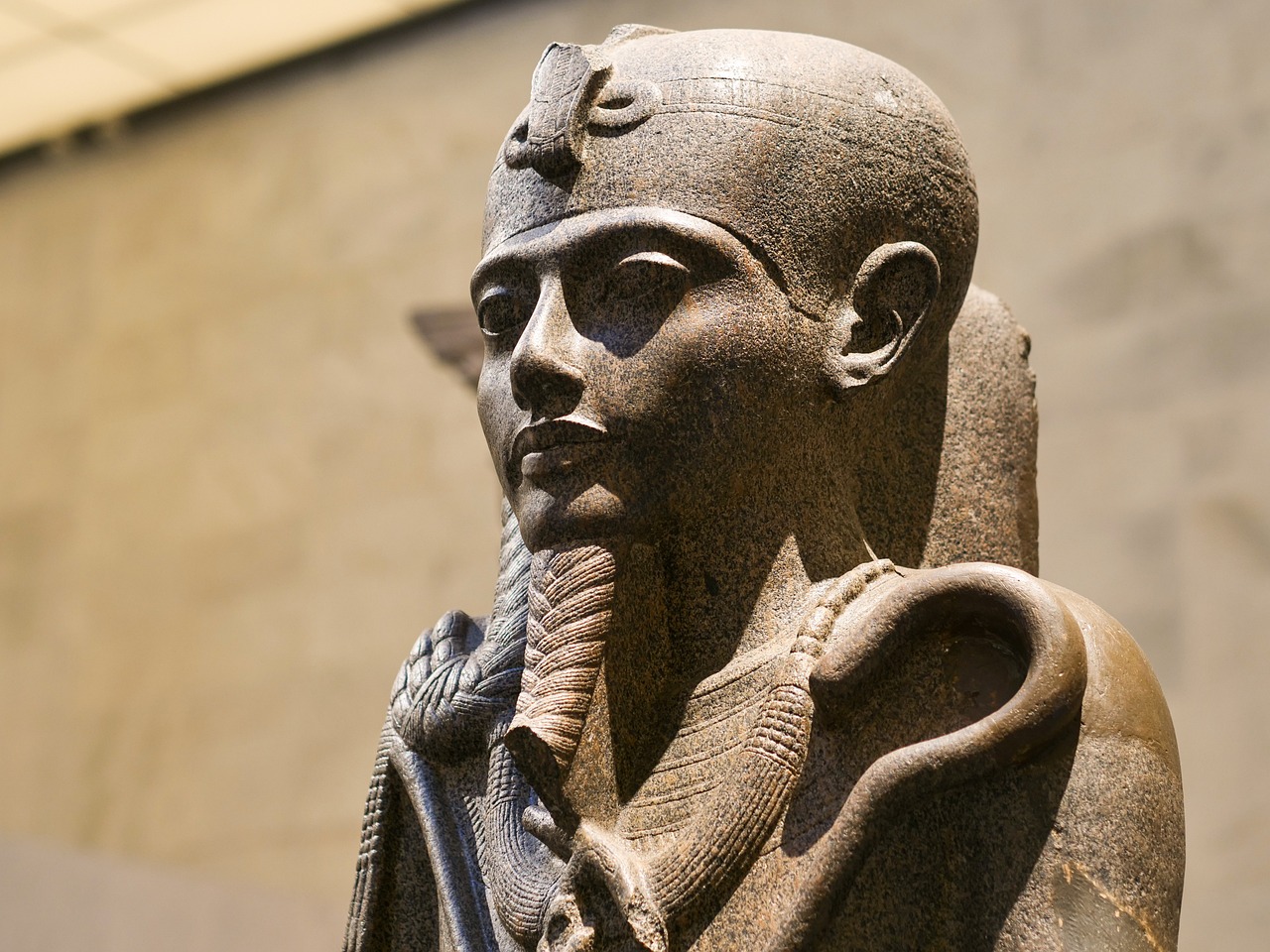In exploring Ancient Egyptian deities, the topic of moon gods is often overshadowed by their sun counterparts. Thoth, initially recognized as the chief moon god, gradually evolved into a broader symbol of wisdom and time, leading to Khonsu assuming the moon deity role. Later, during the Late Period, Iah emerged similarly, as Khonsu’s identity shifted away from lunar associations.
Before diving deeper into Khonsu’s significance, it’s intriguing to note a detail I uncovered during my research: the names of Egypt’s cosmological deities rarely correlate directly with the celestial elements they embody. For instance, the term for “moon” is jʿḥ, and while Iah’s name fits that definition, Thoth and Khonsu appear completely distinct. Erik Hornung warns against oversimplifying these associations, emphasizing the complexity inherent in the relationship between a deity and their respective cosmic element.
Interestingly, one of the proposed origins of Khonsu’s name aligns with his lunar identity, stemming from the verb “khenes,” which translates to “to cross over” or “traverse.” Therefore, Khonsu can be interpreted as “the wanderer,” reflecting his movement across the night sky. Another interpretation divides his name into “kh” (meaning placenta) and “nesu” (meaning king), linking him to royal symbolism—this idea, however, has been challenged by some scholars.
As with Thoth, Khonsu was crucial in marking the passage of time—a fitting role for a moon-associated deity. He is linked to Hour 8 of the Egyptian day and is believed to have influenced the gestation period for both humans and animals, echoing his connection to the placenta. Both Khonsu and Thoth were thought to determine not only human lifespans but also those of the gods.
Throughout Egyptian history, Khonsu’s character underwent significant transformations. In the Pyramid Texts, he is portrayed as a fierce deity helping kings vanquish other gods to absorb their powers. Over time, his persona evolved to be associated with childbirth, further solidifying his ties to gestational time and the placenta. By the New Kingdom, Khonsu was primarily venerated as part of the Theban Triad, which comprised Amun, Mut, and himself, worshipped collectively at Karnak, although he was also included in other triads, such as the minor grouping with Sobek and Hathor.
During the Ptolemaic era, Khonsu was embedded in narratives of rebirth tied to Amun. It was believed that Amun, upon demise, transformed into Osiris, re-entered his mother’s womb, and was reborn as Khonsu—a birth story reflected in the temple adjacency between Opet-Nut and the Khonsu temple at Karnak. Revered at Edfu as well, Khonsu’s identity included aspects of healing, as evidenced by Ptolemy IV’s belief in his healing powers.
Visually, Khonsu is typically represented as a mummified figure or a human donned in close-fitting garments, possibly having a hawk’s head or depicted alongside a baboon. When his portrayal includes a human head, he often exhibits the sidelock of youth and may sport a divine beard. Unlike Ptah, who lacks the specific necklace with a crescent-shaped amulet characteristic of Khonsu, there are telltale distinctions in their iconography that help identify them.
Khonsu’s primary temple resides within the extensive Amun precinct in Karnak. This site is notably well-preserved, retaining much of its vibrant color thanks to restoration efforts. The temple’s construction commenced under Ramesses III and was completed by subsequent rulers. Although multiple gods typically shared spaces in Egyptian temples, Khonsu’s shrines are also found within significant complexes, with the anomaly of a standalone temple dedicated to him at Tanis.
As a member of the Theban Triad, Khonsu took part in major festival celebrations, notably the Beautiful Festival of the Valley and the Opet Festival. These events featured processions where the cult images of the Triad traversed various sacred sites. The Beautiful Festival evolved from simpler beginnings in the Middle Kingdom into more elaborate observances during the New Kingdom, while the Opet Festival saw the procession of the divine images between Karnak and Luxor, growing increasingly grand over time.
Besides festivals and temple worship, Khonsu is also memorialized in amulets and small plaques, which often depict him alongside his Theban parents or link him to regenerative powers through the cippi featuring healing depictions.
Khonsu manifests in various forms, which don’t necessarily align with the multiple roles described above. The Bentresh Stela, now housed in the Louvre, illustrates one of the few narratives about him, presenting a tale of Ramesses II aiding a sick foreign princess via a statue of Khonsu, reinforcing his hierarchy within the pantheon and asserting Egyptian superiority over foreign entities during a period of Hellenistic influence.
Khonsu proves to be not merely a “moon god,” but a multifaceted deity integral to various aspects of Ancient Egyptian lore, symbolism, and practice.



